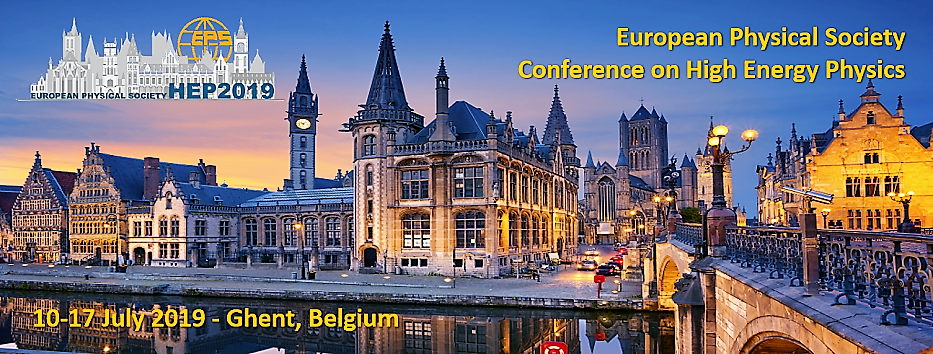Speaker
Description
The main aim of the LHC forward (LHCf) experiment is to precisely measure very forward particle production in high energy p-p and p-ion collisions. These experimental results are necessary for the tuning of hadronic interaction models used to simulate the Extensive Air Showers (EAS) generated from the interaction of Ultra High Energy Cosmic Rays (UHECR) with the Earth atmosphere. The two main analysis targets of the experiment are: $\pi^{0}$/photons, important to understand the evolution of the electromagnetic component of EAS; neutrons, important to derive the process inelasticity and to understand the muon component of EAS. During LHC Run II, the experiment acquired data relative to p-p collisions at $\sqrt{s}$ = 13 TeV, which allows us to study particle production in $\eta$ > 8.4 at the highest energy ever available. In this talk, we would like to present the analysis results relative to forward photons and neutrons produced in p-p collisions at $\sqrt{s}$ = 13 TeV, two recently published measurements that highlighted a significant model-data discrepancy. We will also show the first results relative to the ATLAS-LHCf joint analysis, which is a very powerful tool to study forward particle production distinguishing between different production mechanisms, like diffractive and non-diffractive processes. Finally, we will discuss about the analysis and operation prospects of the LHCf experiment in the incoming years.
